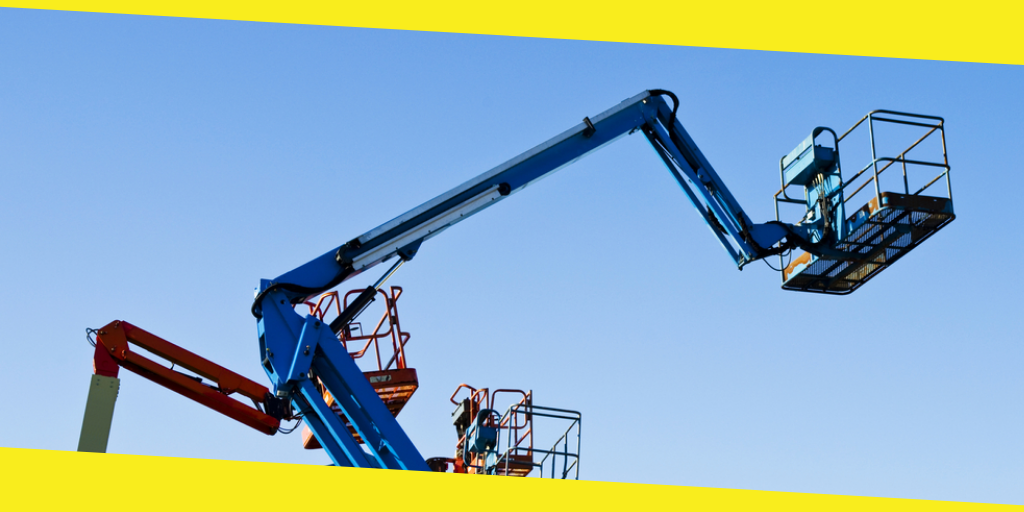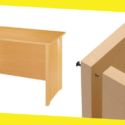4 Aerial Lift Safety Tips While Working At the Rooftop

Aerial lift operations are an important part of any maintenance work or rooftop contracting. Whether transporting heavy tools and materials onto the rooftops of your construction, installing the HVAC equipment, or any sort of work associated with heights, aerial lifts ease everything.
In addition, most commercial buildings rely on huge metal heating and cooling components that can weigh thousands of pounds each. And each of these heavy units often needs to go on the roof of the building, which needs a boom lift to install.
However, these heavy equipment needs caution and preparation to assure safe and successful operation. Following safety practices while working at heights is the key to successfully complete the task. Here are four safety tips to consider while working on the rooftop:
Contents
Toggle1. Using a Personal Fall Protection System
Employers should provide fall protection when workers are exposed to a fall of 7 feet and more to a lower level. It can be in the form of either PFAS (personal fall arrest system) or a harness, an anchor, a lanyard, etc. These, when used properly, can prevent workers from contacting the ground surface.
Harnesses must be perfectly attached to the body until they are snug. Fall arrest must be properly installed to prevent workers from free falling. The anchorage must be able to resist a substantial amount of weight to maintain the safety factor. Follow the manufacturer’s instructions while installing anchorage. Employers must make sure that the fall arrest system subjected to forces of fall is taken out of service if it has not been appropriately inspected or damaged.
2. Make Sure To Install Railing
While working at heights or rooftops, passive protection is an efficient way to keep workers safe in order to attain compliance. After all, there is nothing that workers need to do other than staying within the rails to keep themselves safe. There are various railing systems for every type of rooftop, including:
- Non-penetrating railing for low or flat-slope roofs.
- Metal roof railing.
- Parapet mounted railing and more.
Prefabricated railings can be portable or permanently affixed to suit your needs. No matter the type you use, rails can be one of the easiest fall protection equipment to use.
3. Use the Aerial Lift Correctly
There are odds where a lift operator can do something wrong, so it is important to address fall protection in regards to lifts. One of the essential requirements while working on the roof is that the workers must be adequately tied-off.
Besides, aerial lift operators should know how to operate such heavy equipment to ensure the overall safety of the worksite. Employers must ensure to provide their employees with aerial lift training so that they can work efficiently with fewer errors and accidents.
4. Know the Hazards
Certain rooftop projects can be hazardous in regards to lifting operations. For instance, steel mills use overhead lifts to move products like steel coils. Working in such work environments means the team has to work closely with the lift operators. This assures good teamwork, hence result in fewer hazards. However, pay attention to the proximity to overhead electrical conductors to avoid power hazards. Make sure to avoid physical contact with high voltage power lines.
Once the lifting operations while working on the rooftop has been approved, the next step is to check the ground. The operator must assure that the ground is stable before using heavy machinery. Check if the stabilization components are correctly in place before extending the equipment. And of course, never drive or move a lift with the platform extended.
Recurrent safety practices and hands-on training are vital to maintain lift safety proficiency and assure a safe job site.
Recommended For You
2 Popular Hemp Products That Are Not CBD Oil
Most Inside
Most Inside offers high-quality recommendations and valuable updates to enhance all aspects of your life, providing premium guidance and enriching experiences.




